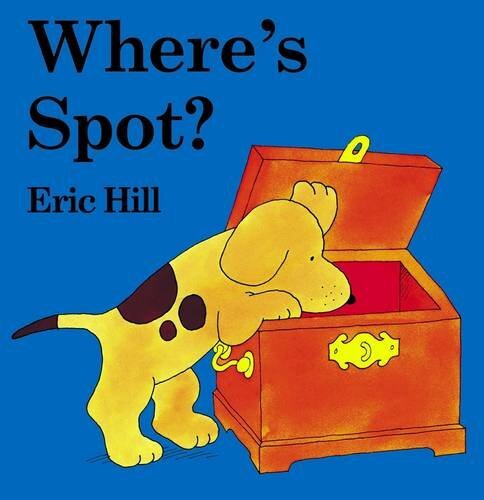**This post contains affiliate links that aid in supporting ABG Speech Therapy at NO additional cost to you.**
Reading books is one of the best ways to teach your child new words. Not only do books expose your child to new words but they also show your child how words are used in sentences. Did you know that children learn and retain words better when heard in the SAME book versus different books? I thought this research was quite fascinating and further solidifies why it’s OKAY to read the same book.
5 MUST HAVE BOOKS for TODDLERS
1. Goodnight Moon: This books is great for teaching animals, preposition words and waving bye. You can find this book here.
2. Little Blue Truck: I love this book because it is perfect for focusing on animal sounds, animal names and exclamatory words. You can find this book here.
3. Where’s Spot?: I love this book because it is interactive and perfect for working on gestures. Animals are hidden behind the flaps. Before you open the flap, you can “knock” on it like you would to a door and say “KNOCK-KNOCK”. Once you open the flap you can wave “hi” and “bye” to the animals each time. This book is repetitive so it gives your child several opportunities to practice these skills. You can find this book here.
4. From Head to Toe: This book is perfect for teaching the names of the body parts. You can find this book here.
5. Opposites You can find this book here.
When reading books with your child it is okay to read the same book more than once. You can also let your child help you turn the pages in the book. Do you have any of these books? If so, comment below and let me know.












